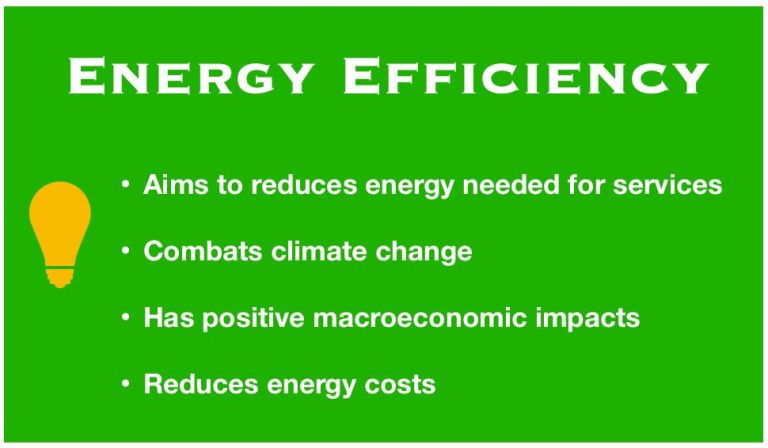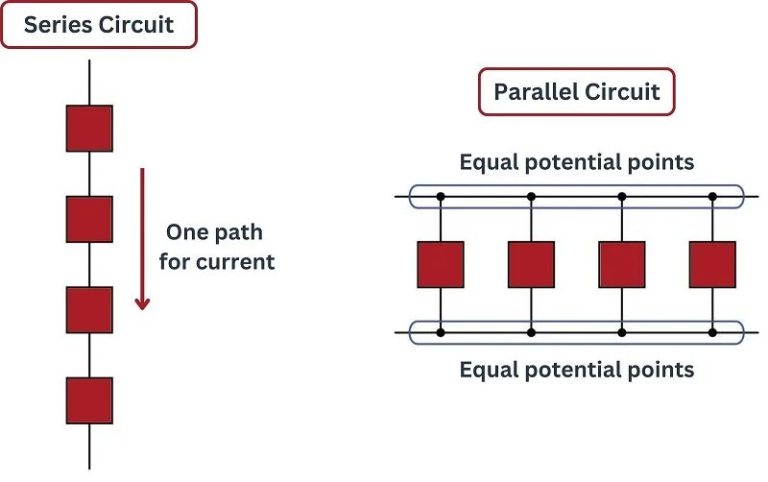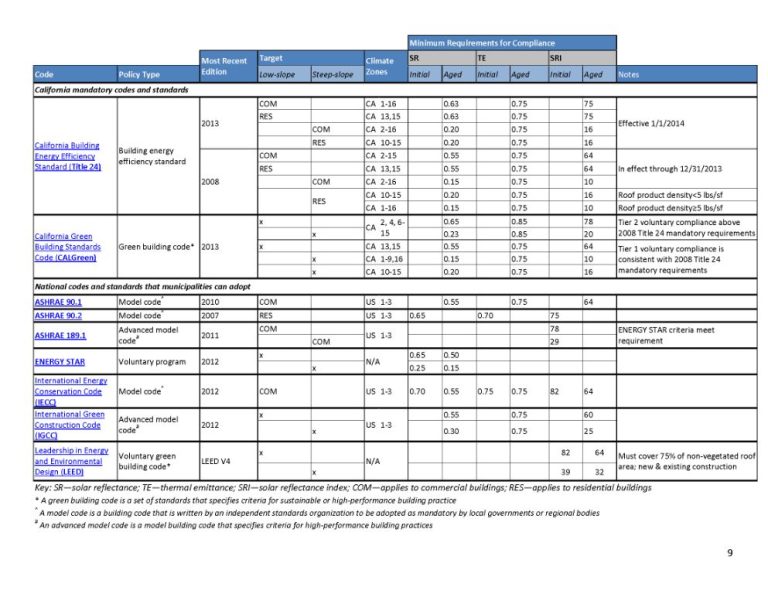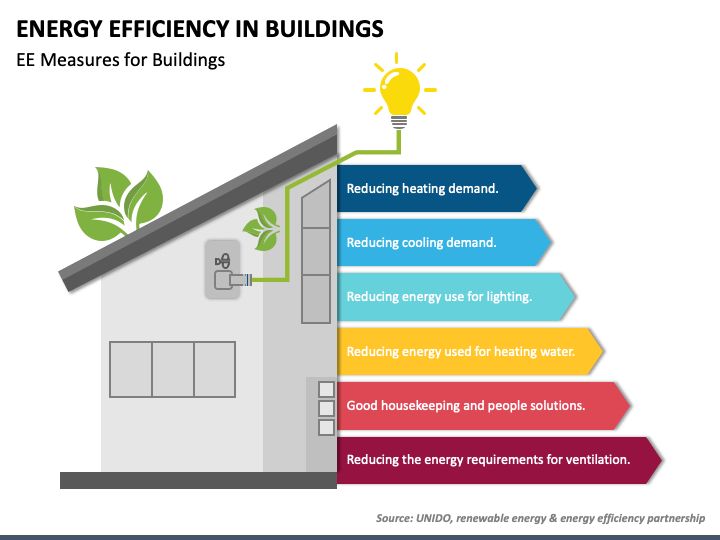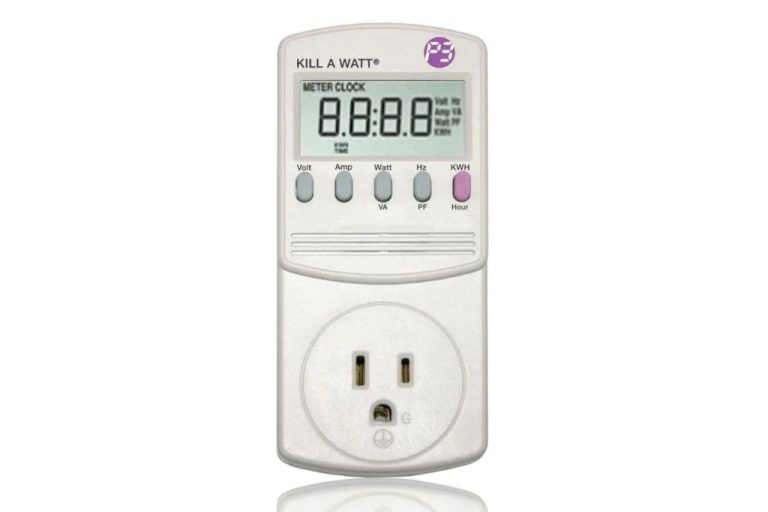Is An Energy Audit Worth It?
What is an Energy Audit?
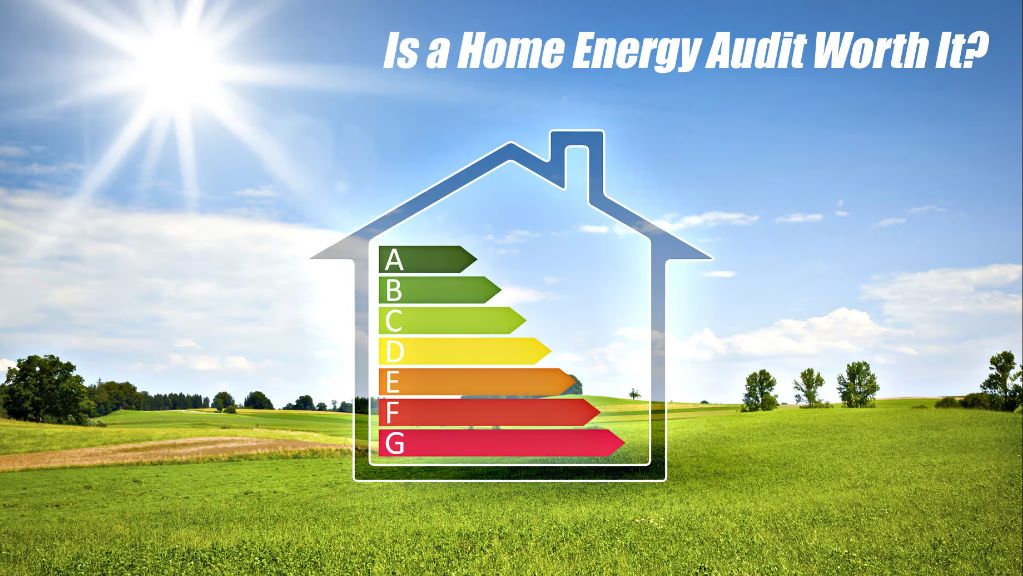
An energy audit is an assessment of a building’s energy use and efficiency. It evaluates how much energy a home or commercial building consumes and identifies opportunities to improve efficiency and reduce energy waste (Carbon Collective, 2022).
There are three main types of energy audits (Partner ESI, 2017):
- Walk-through audits: A quick assessment of a facility’s energy efficiency opportunities. The auditor will tour the building, reviewing energy bills and looking for no-cost or low-cost energy saving opportunities.
- Standard audits: A more detailed energy use analysis, including a review of building plans and energy use history. The auditor may use equipment like blower doors, infrared cameras, and surface thermometers to identify problem areas.
- Comprehensive audits: The most thorough and detailed audit. It provides an in-depth energy survey and savings analysis using energy modeling software.
During an energy audit, the auditor will inspect areas like the building envelope, lighting, HVAC systems, appliances, insulation levels, and air leakage points. The goal is to determine how energy efficient the building is and identify opportunities for improvement (Just Energy, 2022).
Benefits of an Energy Audit
An energy audit can help homeowners identify areas of energy waste and inefficiency in their home. By using diagnostic tools and inspections, auditors can locate deficiencies in insulation, air leaks, heating and cooling systems, appliances, and lighting that are costing you more money on your energy bills.
Once problem areas are identified, the homeowner can then prioritize upgrades and repairs that will have the biggest impact on energy savings. For example, sealing air leaks and adding insulation are usually very cost-effective energy efficiency measures. Replacing an old refrigerator or upgrading HVAC equipment may have a bigger upfront cost, but can generate significant long-term energy savings.
In addition to finding issues, an energy audit gives you a snapshot of your home’s overall performance. The audit report will summarize how much energy your home consumes and where it’s being used. Understanding your home’s energy use patterns and comparing ratings to similar homes can help guide you in reducing waste.
Overall, an energy audit gives you the knowledge you need to make smart, targeted upgrades that can reduce your energy bills, make your home more comfortable, and lower your carbon footprint. The audit provides a roadmap to help you operate your home more efficiently.
Potential Energy and Cost Savings
The energy audit cost can vary based on factors like home size and audit complexity, but the potential savings on utility bills often make the expense worthwhile (Engineering.com). Though costs range from $100-$600 on average, an energy audit can lead to 10-30% in energy savings, paying for itself in 1-3 years through lower utility bills (BobVila.com).
Typical upgrades recommended from an audit include adding insulation, sealing air leaks, upgrading HVAC systems, replacing appliances, and installing solar panels or high-efficiency windows. The payback period on these upgrades varies, but is often 2-7 years to recoup the upfront investment through energy savings (EnergyStar.gov). With utility costs rising, an audit can pinpoint the most cost-effective solutions to increase home efficiency.
Factors That Affect Cost
The cost of a home energy audit can vary significantly depending on factors like your home’s size, age, location, climate, and degree of customization needed. Some key factors that impact energy audit pricing include:
Home size and age – Larger, older homes generally cost more to audit than smaller, newer ones. More square footage means more time onsite inspecting the home and analyzing utility bills. Older homes may have more outdated, inefficient systems in need of assessment.
Location and climate – Your geographic location and local climate impact energy costs and savings opportunities. Areas with extreme winters or summers often have higher utility bills and greater potential for upgrades like insulation or HVAC. Audits in these areas cost more than moderate climates.
Degree of customization – A more customized, detailed audit costs more than a simpler walkthrough. Testing insulation, conducting blower door tests, mapping electric circuits, and creating energy simulations add to the cost but provide more comprehensive recommendations.
According to Forbes, the average energy audit costs $415 nationwide. But costs commonly range from $200 for a basic audit up to over $1000 for a highly detailed report.
What to Expect During an Audit
A thorough home energy audit typically involves three main stages:
1. An interview with the homeowner to discuss energy concerns and goals, review energy bills and appliances, and identify potential problem areas. The auditor will ask about the home’s size, age, number of occupants, usage patterns, and any recent renovations (DOE).
2. A walkthrough inspection of the property to assess insulation levels, air leaks, heating and cooling equipment, ventilation, appliances, lighting, and more. The auditor will examine areas like the attic, walls, windows, doors, and ductwork (Just Energy).
3. Diagnostic tests such as a blower door test to measure air leakage, thermographic scans to identify gaps in insulation, and measurements of insulation thickness in walls and attics. Flow rates of mechanical equipment like furnaces may also be tested (Canary Media).
These stages provide a comprehensive assessment of a home’s energy efficiency and opportunities for improvement.
Interpreting Your Audit Report
The results of your energy audit will provide detailed insights into your home’s energy efficiency and areas for improvement. Understanding and properly interpreting this information is key to prioritizing upgrades that will provide the greatest return on investment.
A key metric to look for is your home’s efficiency rating, such as a Home Energy Rating System (HERS) score. This will indicate how efficient your home is compared to a reference home, with lower scores being better. According to the Department of Energy, a score of 100 means your home meets minimum building code requirements while a score of 0 means it is extremely energy efficient.
When reviewing your audit recommendations, focus first on upgrades with shorter payback periods, typically less than 5 years. This includes air sealing, insulating, and duct sealing which can pay for themselves in energy savings relatively quickly. More expensive upgrades like new windows may take over 10 years to pay off.
Be sure to understand the estimated costs and projected energy savings for each recommendation. An audit report should provide customized estimates based on your home’s characteristics. This will allow you to calculate a simple payback period for prioritizing upgrades. Focusing on fixes with faster paybacks will put money back in your pocket sooner.
Hiring a Professional Auditor
When hiring a professional energy auditor, it’s important to look for proper licenses and certifications. Auditors should have certifications such as Certified Energy Auditor (CEA), Certified Energy Manager (CEM), or Residential Energy Auditor from organizations like the Association of Energy Engineers (AEE) or the Building Performance Institute (BPI). These ensure auditors have received proper accredited training.
Seek out auditors with experience performing audits on homes similar to yours. Look for ones who specialize in your home type (e.g. older homes, multifamily units) and understand your region’s climate and utility prices. An experienced specialist will provide more tailored recommendations.
It’s wise to get bids from 2-3 auditors so you can compare pricing and offered services. Make sure to verify what is included in each proposal. Some may offer a more comprehensive audit while others are more basic. Understand what you’re getting for the price.
DIY vs. Professional Audit
There are pros and cons to both DIY energy audits and hiring a professional auditor. Here’s an overview of each approach:
DIY Energy Audit
A DIY home energy audit can be a low-cost way to get a general idea of how efficient your home is. Pros of a DIY audit include:
- Lower cost – you only need to pay for materials like a thermometer, outlet sealers, etc.
- Convenience – you can perform the audit on your own time and schedule
- Educational – you will learn a lot about your home’s energy performance
However, there are some downsides to a DIY audit:
- Limited equipment – you likely won’t have professional tools to detect leaks, measure insulation, etc.
- Less experienced – an expert often spots more areas for improvement
- Not credible for incentives – most rebate programs require a professional audit
Professional Energy Audit
Hiring a certified energy auditor is the most thorough option. Benefits of a professional audit include:
- Experienced evaluation – professionals are the most qualified to identify issues
- Specialist equipment – auditors use high-tech tools like blower doors, infrared cameras, etc.
- Credibility – professional audits are trusted by incentive programs
- Implementing fixes – many auditors can make upgrades right away
The downsides of a professional audit mainly come down to cost:
- Higher price – professional audits can cost $300-$1000
- No guarantees – an audit itself doesn’t reduce energy costs unless you make upgrades
Overall, each option has tradeoffs to consider when deciding what works best for your home and budget.
Financing and Incentives
There are a variety of financing options and incentives available to help offset the upfront cost of an energy audit and subsequent upgrades. Taking advantage of these can make the process more affordable.
Many utility companies offer rebates and financing to customers who complete energy audits and make recommended energy efficiency improvements. For example, they may provide rebates on the cost of the audit itself, as well as on the installation of insulation, energy efficient windows, HVAC upgrades, and more. Low-interest loans specifically for energy projects are also commonly available.
On the government side, federal tax credits may be available for home energy efficiency improvements, and state/local governments often have additional incentive programs. For instance, some areas offer property assessed clean energy (PACE) financing that allows owners to pay back loans via property taxes.
There are also special energy efficiency and weatherization assistance programs designed to help limited income households and renters. Nonprofits and community action programs can help connect eligible residents to these services.
Is an Energy Audit Worth it?
In most cases, yes, an energy audit is worth the cost. A professional audit typically costs between $400-$600 on average (Forbes, 2022), but can reveal ways to reduce your home energy usage and costs by up to 30% through changes like sealing air leaks or adding insulation (Forbes, 2022). The audit provides a detailed analysis of your home’s energy efficiency and prioritized list of recommended upgrades to help you determine the changes that will offer the biggest savings.
Homeowners who pay high utility bills, have older or poorly insulated homes, or are considering renovations can benefit the most from an energy audit. The audit pinpoints problem areas, and the projected savings can help you decide which upgrades are worthwhile investments. Newer homes or those that have already implemented extensive efficiency measures may find less value in an audit.
Overall, an energy audit is recommended for most homeowners as a way to identify meaningful ways to increase comfort and reduce energy waste in your home. The investment in the audit itself usually pays for itself within a few years through energy savings. Just be sure to use a reputable professional certified energy auditor for the most thorough and accurate assessment. With smart implementations of their recommendations, the audit can ultimately save you thousands on utilities over time (Angie’s List, 2022).

